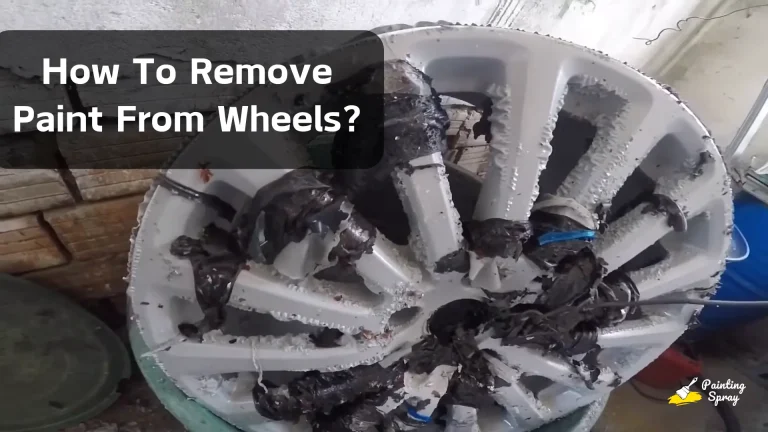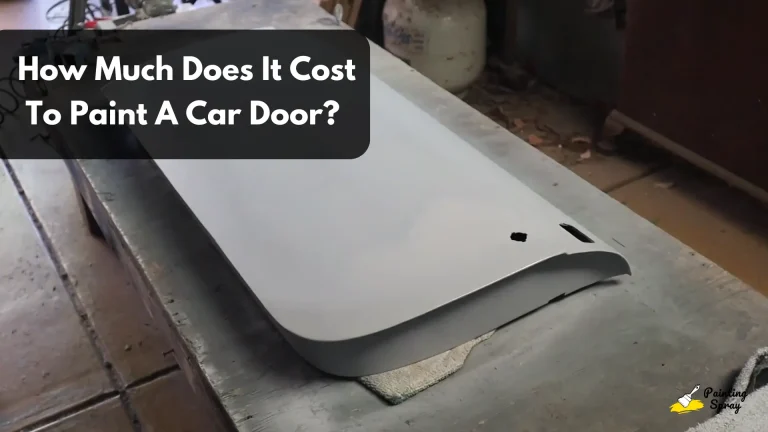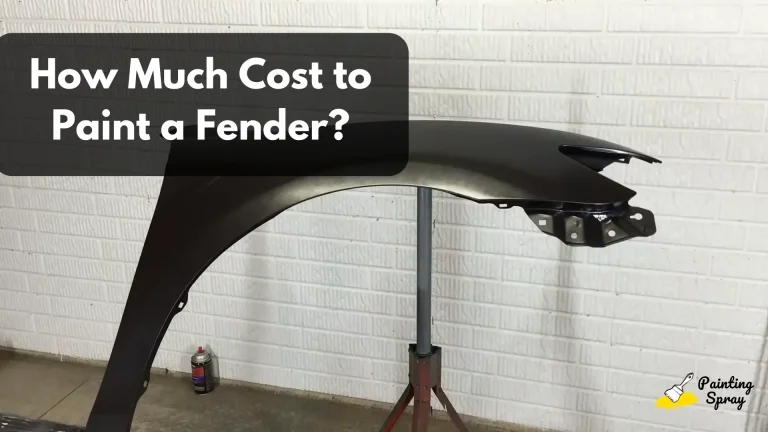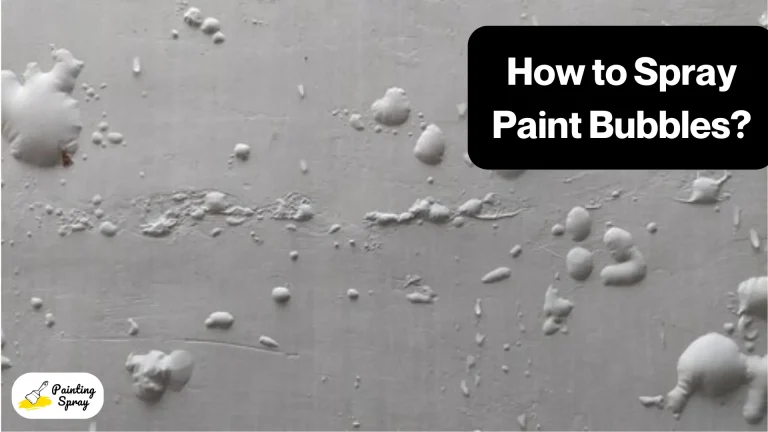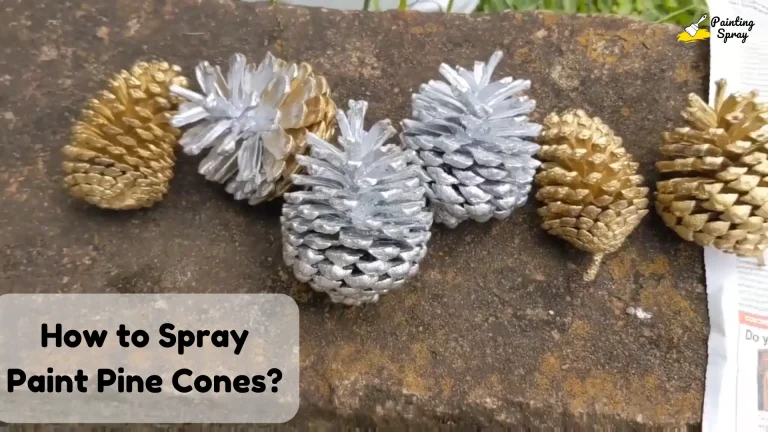What is HVLP Paint Sprayer? A Guide to High Volume Low Pressure Technology
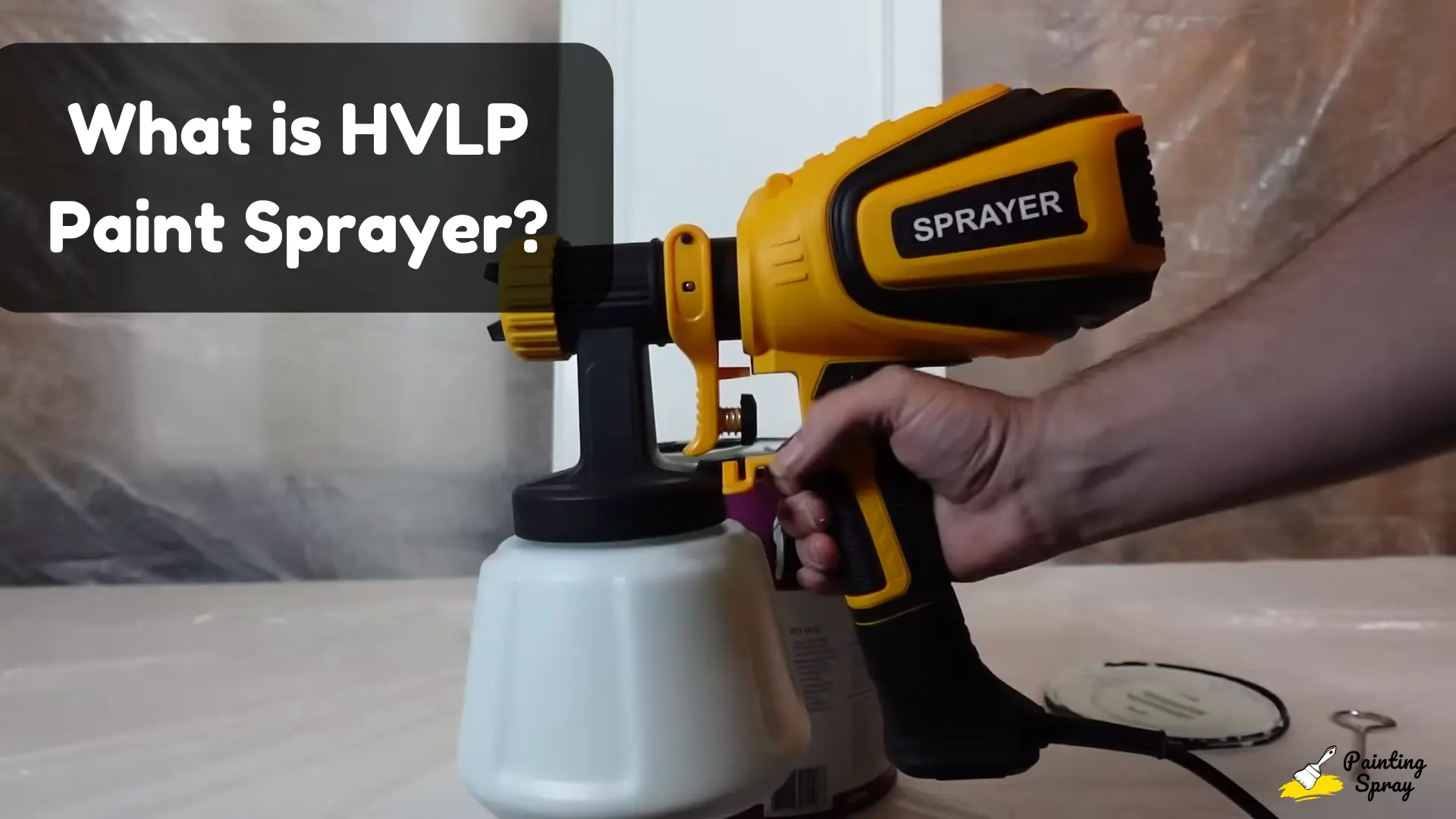
An HVLP paint sprayer, or High Volume Low Pressure sprayer, is a tool designed to apply paint efficiently while minimizing overspray. These sprayers use a high volume of air to atomize the paint at low pressure, resulting in a finer spray pattern and a smoother finish. This makes them a popular choice for both professionals and DIY enthusiasts who want to achieve a high-quality result with less waste.
Using an HVLP paint sprayer can transform your painting projects. The combination of high transfer efficiency and reduced overspray means you can cover surfaces more effectively without the mess often associated with traditional paint sprayers. Whether you are working on furniture, cabinetry, or home interiors, an HVLP sprayer offers precision and control that can elevate your work.
Understanding how an HVLP sprayer operates and its advantages will help you decide if it’s the right tool for you. As you explore this article, you’ll learn more about the key features, types of HVLP paint sprayers, and tips for using them to achieve the best results.
Understanding HVLP Paint Sprayers
HVLP paint sprayers use a specific technology to deliver paint efficiently. They focus on providing high transfer efficiency while reducing overspray and waste. This section breaks down how HVLP paint sprayers operate and highlights their key advantages.
Principles of Operation
HVLP stands for High Volume Low Pressure. This technology operates by using a large volume of air at low pressure to atomize the paint.
- Air and Paint Mixture: The sprayer mixes air and paint before it reaches the nozzle. This mixture helps to evenly cover surfaces.
- Atomization: Atomization is the process of breaking paint into tiny droplets. The low pressure makes it easier for the paint to flow smoothly without creating a lot of overspray.
- Air Pressure: Using less air pressure minimizes waste. You get more paint on the surface instead of in the air.
This method increases transfer efficiency, which means more paint ends up on your project rather than surrounding areas.
Advantages of Using HVLP
Using an HVLP paint sprayer offers several benefits for both professionals and DIYers.
- Precision: You have control over the amount of paint applied. This results in a fine finish and less overspray.
- Reduced Waste: Because HVLP technology uses lower air pressure, you will waste less paint compared to traditional spray guns.
- Versatility: HVLP sprayers can handle different types of paint, including water-based and solvent-based options.
- User-Friendly: These tools are generally easier to handle. You can achieve consistent results with practice.
Overall, HVLP sprayers are designed to improve efficiency while giving you a high-quality finish with less effort.
Types of HVLP Sprayers and Their Uses
HVLP sprayers come in different types, each serving unique needs for various painting tasks. Understanding these types helps you choose the right one for your project.
Turbine HVLP Systems
Turbine HVLP systems are popular for both professionals and DIYers. They use a turbine to create high volume airflow, which is essential for atomizing paint into a fine spray. This type of sprayer is highly efficient and provides a smooth, professional finish.
These systems are great for projects that require precision, such as furniture refinishing or cabinet painting. They can handle a variety of paint types, including latex and oil-based paints, which increases their versatility. Turbine systems typically come with adjustable spray patterns, allowing you to customize the output for your specific needs.
Conversion HVLP Systems
Conversion HVLP systems differ from turbine systems in that they rely on a conventional compressor. This gives you the ability to use the same sprayer for different types of painting projects. These sprayers can produce lower pressures, making them suitable for lighter jobs.
Conversion systems allow you to thin your paint properly for optimal spraying. They work well with various paint types and often have interchangeable spray guns for added flexibility. This type is ideal if you already own a compressor, as it can save costs while still delivering the precision you need in your projects.
Key Features and Settings
When using an HVLP paint sprayer, understanding its key features and settings is essential for achieving better control and a smooth finish. Two primary aspects to focus on are the nozzle and spray gun adjustments and the management of material and airflow control.
Nozzle and Spray Gun Adjustments
The nozzle is a critical part of the HVLP spray gun. It determines the size and shape of the spray pattern. You can find adjustable nozzles that let you customize the spray to fit your project.
Key adjustments include:
- Nozzle Size: Larger nozzles provide a wider spray pattern, ideal for covering large areas quickly. Smaller nozzles give more precision, suited for detailed work.
- Fan Width: This controls how wide the spray disperses. Adjusting it can help you cover broad surfaces or focus on narrow areas with ease.
- Fluid Control: This feature regulates how much paint flows from the cup to the nozzle, allowing you to control the paint application accurately.
Material and Airflow Control
For a flawless finish, you must manage both material and airflow. The air compressor works with the sprayer to create the needed pressure for atomization.
Important settings include:
- Air Pressure Adjustment: This influences the size of the paint particles. Lower pressure results in finer mist, which is excellent for delicate applications.
- Fluid Flow Adjustment: It allows for better control over the quantity of paint applied. Adjust this based on the viscosity of the material for a consistent finish.
- Paint Cup Management: Make sure to choose the right size for your project. A larger cup helps with bigger jobs, while a smaller one is more manageable for detailed work.
By mastering these features, you’ll improve your precision and achieve high-quality results with your HVLP paint sprayer.
Best Practices for HVLP Paint Application
When using an HVLP paint sprayer, proper preparation and technique are essential for achieving a high-quality finish. Focusing on these aspects will help you create professional-looking results while minimizing waste and mess.
Preparing Your Project for Painting
Before you start, ensure your project area is clean and well-ventilated. Remove dust, dirt, and debris from surfaces to prevent flaws in the finish.
- Select the Right Paint: Use paint that is suitable for HVLP sprayers. Typically, a thinner consistency is better for controlled application.
- Thin the Paint: If necessary, thin the paint to achieve optimal flow. Many paints recommend thinning by 5-10%.
- Test Sprayer Settings: Adjust the pressure and nozzle size according to the manufacturer’s guidelines. Make a few test sprays on scrap materials to perfect your settings before applying it to your project.
- Mask Off Areas: Use painter’s tape to cover areas not being painted. This step helps achieve clean lines and prevents overspray.
Taking these measures can enhance your painting tasks, resulting in a smooth and even application.
Techniques for Optimal Finish
Proper techniques during application are crucial to getting the best results.
- Maintain Ideal Distance: Hold the spray gun 6-8 inches away from the surface. This distance allows for minimal overspray while ensuring an even coat.
- Control Movement: Move the sprayer in smooth, consistent strokes. Start at one edge and move to the other in a straight line. Overlap each pass slightly for uniform coverage.
- Use a Steady Hand: Keep your hand steady to avoid drips and uneven spots. Focus on a controlled application as you work.
- Apply Multiple Thin Coats: Instead of one thick coat, apply several thin layers. This approach helps achieve a high-quality finish and optimal drying times.
By following these techniques, you can achieve professional-quality finishes in your DIY projects with precision and care.


